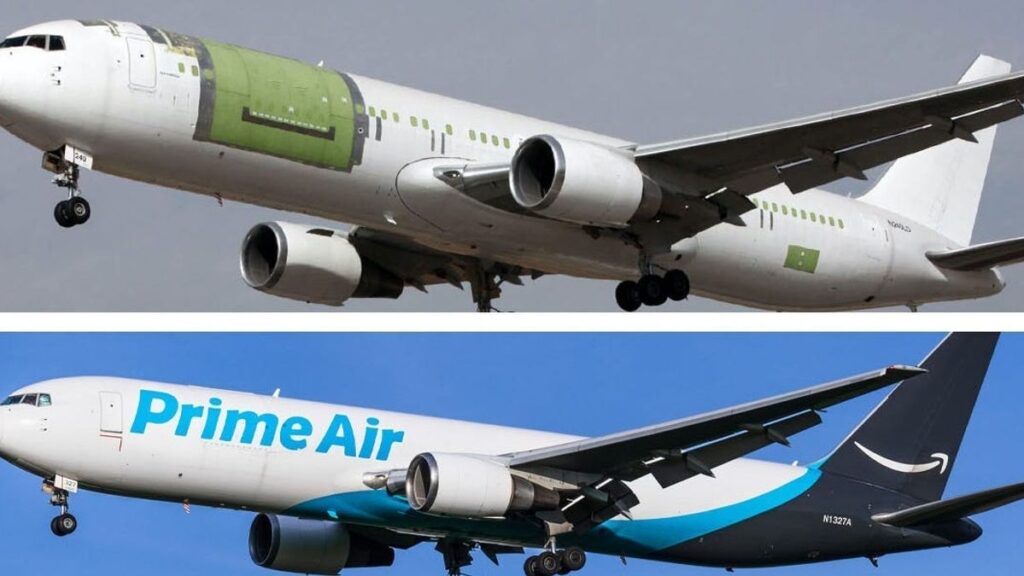The pandemic has transformed the aviation industry, causing unprecedented changes in the use of commercial aircraft. A historic surge in e-commerce, combined with port congestion and a decline in passenger flights, has led airlines and airlines to convert passenger planes into cargo planes. In 2021, this trend reached a new peak, with 164 aircraft undergoing modifications to meet the rapidly increasing demand for air cargo services. This strategic shift not only addresses pressing logistics challenges, but also opens up new revenue streams for airlines grappling with the economic fallout from the pandemic.
A year of record conversions
With air cargo rates hitting historic highs just before Christmas in 2021, there has been a huge boom in passenger-to-freighter conversions. Despite the subsequent drop in air freight rates, companies such as Boeing continue to receive orders to modify aircraft. The process involves extensive modifications such as removing passenger amenities, reinforcing floors, and installing large cargo doors, which can cost millions of dollars and take months to complete. Facilities in places like Texas and Singapore are booming, indicating continued interest in tapping into the lucrative freight market.
Strategic shift in aviation
The conversion from passenger aircraft to cargo aircraft is not temporary. It represents a strategic shift in the airline industry. Airlines are adapting to a new normal where e-commerce drives demand and traditional passenger services fluctuate unpredictably. This adaptation is evidenced by Qantas converting his A330 passenger plane into a dedicated freighter, increasing cargo carrying capacity while reducing carbon emissions. Similarly, IndiGo's acquisition of its first Airbus A321P2F from his AerCap highlights the growing interest in fuel-efficient and flexible cargo transport solutions. These moves are part of a broader fleet renewal program aimed at operational efficiency and environmental sustainability.
Challenges and future prospects
While converting passenger aircraft to cargo aircraft is a promising means for airlines to diversify and stabilize their revenue streams, it also poses challenges. Balancing the dual demands of passenger and cargo services requires strategic foresight, especially under volatile market conditions. The cargo diversion market could level off as the effects of the pandemic subside and passenger travel resumes more broadly. However, the shift to air cargo due to e-commerce and the need for efficient logistics is likely to have a lasting impact on the structure and operation of the airline industry.
The pivot to cargo diversion during the pandemic has not only provided airlines with a lifeline, but also highlighted the dynamic nature of the airline industry. As companies navigate the complexities of this transformation, there will be an increased focus on efficiency, sustainability, and meeting the evolving demands of global trade and commerce. This cargo transformation trend has the potential to redefine air transport, make it more resilient to future disruptions, and coincide with the rapid growth of e-commerce.


